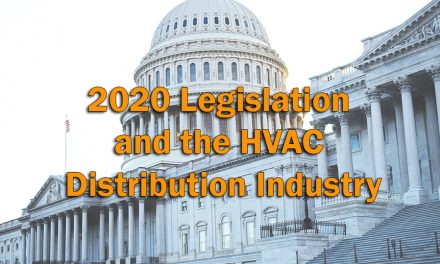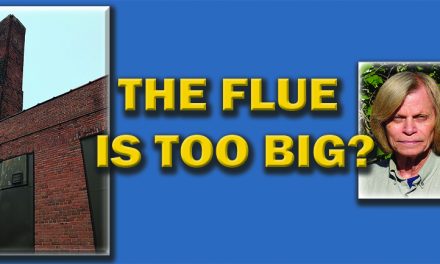They fix issues like a loophole allowing condensing unit “chop and drop” changes of R-410A equipment long after the rest of the industry has moved to new refrigerants.
Today, more than 50% of central systems installed use A2L refrigerants, and manufacturers and distributors expect the transition across all sectors of the HVACR industry to continue normalizing over the next 12 to 24 months.
We expect any changes caused by EPA’s reconsideration announcement to be minimal; the statutory and regulatory timelines make changes to anything other than supermarket refrigeration difficult.
Energy Efficiency
Regarding energy efficiency, the most significant Department of Energy (DOE) rule makings are already in effect or are will be in accordance to future compliance dates.
We see few indications that another round of efficiency rules are coming in the near term, partly because the industry has already realized the most achievable gains through recent regulatory changes.

While we expect no new significant energy efficiency changes, we might see rollbacks of some rules, such as the consumer furnace rule, which requires manufacturers to achieve a minimum efficiency of 95% on all furnaces by late 2028.
The U.S. District Court of Appeals is considering litigation that could overturn that rule.
Changes in How Regulations are Written
A period of regulatory certainty also enables us to collaborate more effectively with Congress on the development of regulations.
One of HARDI’s priorities is to ensure that no future regulations use the installation date for compliance. Installation date requirements complicate the supply chain, leading to higher consumer costs.
During this time, we also have the opportunity to reform how the DOE determines whether energy efficiency regulations are necessary and whether they genuinely benefit consumers.
Eliminating regulations that exist just for the sake of regulating would be a significant victory for the HVACR industry.
In short, the core areas of the HVACR business — what refrigerants can be used, what equipment can be sold, and how efficient it must be — are entering a phase of reduced regulatory action.
The result is that distributors and contractors will soon be able to focus more on delivering products and services to customers and less on keeping up with new compliance mandates.
The HVACR industry is resilient. The past few years have tested that resilience with an unprecedented wave of regulatory changes. However, the outlook is brightening. As refrigerant and efficiency transitions near completion, the sector can anticipate a period of greater regulatory stability.
Alex Ayers is vice president of government affairs for HARDI, a trade association comprised of 550 wholesale companies, nearly 300 manufacturing associates, and almost 100 manufacturer representatives. HARDI members represent an estimated 70% of the dollar value of HVACR products sold through distribution. Alex has spent more than a decade lobbying, publishing papers, and testifying in various policy areas, including taxes, energy, environment, agriculture, and economics. To reach him, go to ncilink.com/ContactMe.













Recent Comments